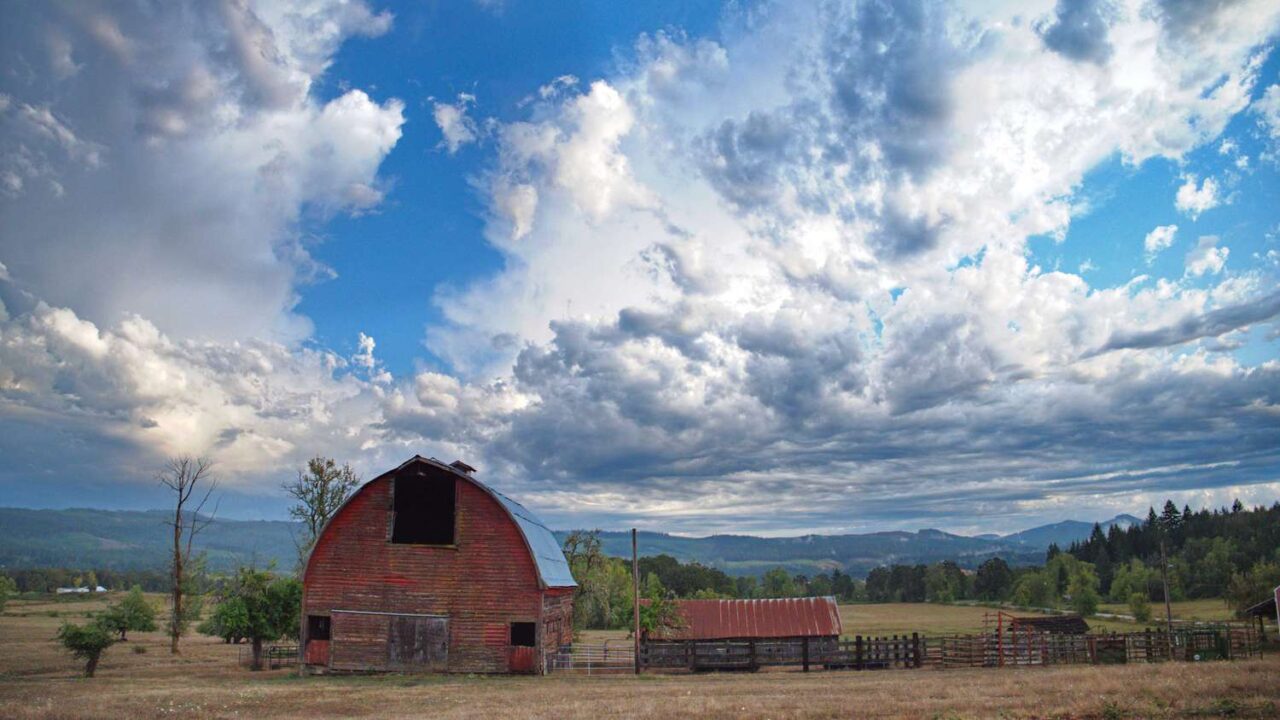Black spot is a fungal illness (Diplocarpon rosae) that impacts roses. The fungus develops black spots on the leaves, finally inflicting them to show yellow and drop off. Moreover wanting unpleasant, black spot can severely weaken the rose plant.
Black spot thrives throughout cool, moist climate. Learn on for details about black spot on roses, together with signs and therapy.
Need extra gardening ideas? Join our free gardening publication for our best-growing ideas, troubleshooting hacks, and extra!
Illustration: The Spruce / Melissa Ling
What Are the Signs of Black Spot?
- Round black spots, which often happens on the higher sides of leaves but in addition develops on the undersides. These spots enlarge with time and transfer from the decrease leaves upward.
- Ragged or feathery outer margins, often surrounded by a hoop of yellow.
- Purple spots on new, younger canes.
What Does Black Spot Do?
Affected leaves usually fall off the vegetation; if left unchecked, all the plant could defoliate. The lack of leaves reduces the plant’s potential to photosynthesize meals, weakening the bush and inflicting a decline in rose manufacturing.
The fungus additionally infects younger canes, inflicting darkish purple blisters on the canes. Contaminated vegetation will set fewer flower buds. With out leaves, they turn into burdened and vulnerable to extra issues.
The Spruce / Christopher Lee Foto
What Causes Black Spot on Roses?
The fungal spores that trigger black spots to germinate within the springtime are dispersed by splashing water from rain and watering, in addition to wind that transports spores. Eradicating and destroying contaminated components is important. In any other case, your roses will get extra black spots.
In case you expertise an especially sizzling summer time in July and August, the excessive temperatures could restrict the event of future spores.
Life Cycle of Black Spot Illness
Whereas there is no such thing as a treatment for contaminated leaves, black spot could be prevented. Understanding the fungal illness’s life cycle is an important first step.
Current spores overwinter on contaminated fallen leaves and stems, ready for favorable situations. The spores germinate in spring and should be repeatedly moist for seven hours earlier than germination happens.
The spores in the end grow to be fruiting our bodies throughout the black lesions. The fruiting our bodies produce extra spores that splash onto new tissue, spreading the illness.
The way to Forestall Black Spot on Roses
True for avoiding any plant illness, a wholesome, vigorous rose bush is much less vulnerable to issues.
Correct Lighting
Roses want a sunny location with well-draining soil and common, weekly watering. Plant roses the place they obtain morning solar, which helps dry moisture from the leaves. Full, all-day solar is finest.
Good Air Circulation
Present good air circulation round and thru your rose vegetation. Don’t plant your roses too near different vegetation. If the plant will get too dense and air can not get by means of, prune to open the areas between canes.
By offering good air circulation and guaranteeing canes do not cross, black spot can have a tougher time spreading.
Correct Watering
Keep away from getting the leaves moist whereas watering. There’s not a lot you are able to do about rain, however keep away from overhead sprinklers and focus water instantly on the plant’s roots. Contemplate putting in drip tape irrigation round your roses.
Pruning
In the reduction of roses with black spot. The illness begins spreading inside 10 days of the primary signs. Spores unfold by water. They continue to be on leaves and stems and reinfect each time situations are favorable.
Take away any contaminated leaves and at all times clear totally every fall. Take away and get rid of any remaining leaves if you do your dormant rose pruning in late winter or early spring. Prune out any canes displaying indicators of an infection, 6 to eight inches beneath the an infection, in dry climate.
Disinfect your pruners with a ten % bleach answer or alcohol between cuts. Get rid of contaminated leaves and canes. Ensure that to scrub up fallen leaves and get rid of them correctly.
Warning
Don’t compost contaminated plant materials, because the spores could doubtlessly reinfect vegetation.
The Spruce / Christopher Lee Foto
Mulch
Apply a thick layer of mulch across the plant’s base. Mulch prevents soil from splashing up on the plant, and if the spores are current within the soil, it should assist cease black spot from spreading on the roses.
Make sure the mulch would not include rotting wooden, since artillery fungus develops in a moist setting.
Topical Sprays for Therapy and Prevention
There are industrial and do-it-yourself DIY options to stop the unfold of black spot. The therapy could seem time-consuming. It’s a pesky downside that may solely be slowed down, as nothing can absolutely kill black spot on roses.
After treating the plant, it’s essential to spray it weekly, beginning in early spring and after a heavy rain, to stop black spots from recurring. Spray all the plant, together with the highest and backside of the leaves and the stems. Think about using a dormant spray over winter to smother overwintering spores.
- Bordeaux combine: This fungicide accommodates copper sulfate and hydrated lime. It’s utilized in powder kind or combined with water and sprayed. Bordeaux combine additionally repels some insect pests, however it could burn plant leaves. It’s typically used as a preventive step within the spring earlier than vegetation leaf out.
- Insecticidal soaps with added fungicide: Add an natural fungicide, sometimes sulfur, to common insecticidal cleaning soap. The cleaning soap coats the leaves and helps the fungicide adhere to the plant.
- Neem oil: Neem is an natural fungicide and pesticide derived from the seeds of the neem tree. It will get contained in the plant’s system, so you do not want to fret about coating every little thing or reapplying after rain. Nonetheless, it dangers burning plant leaves within the sizzling solar. You shouldn’t apply neem oil inside two weeks of utilizing a sulfur product.
- Sulfur: Sulfur prevents fungus ailments. It’s also used to regulate a number of insect pests. Sulfur comes as a finely floor powder. In case you want to spray it on, search for one that’s labeled as “wettable,” so that it’ll combine with water.
Warning
Sulfur is mildly poisonous to people and different animals. Once you spray it, put on protecting clothes. It might probably additionally corrode steel, so use a plastic sprayer. In sizzling climate, it may burns a plant’s leaves.
The Spruce / Ulyana Verbytska
Dwelling Cures for Black Spot on Roses
Natural treatments may match for some gardeners. Experimenting is inspired in case you preserve the behavior of continuously spraying roses to stop black spots.
- Baking soda spray: Dissolve 1 teaspoon of baking soda in 1 quart of heat water. Add as much as 1 teaspoon of liquid cleaning soap. Spray leaves totally. This combination works as a preventive and presents some safety from powdery mildew.
- Vinegar: A vinegar-based recipe could also be efficient and secure for all rose issues, together with black spot. Combine a tablespoon of white distilled vinegar with one cup of water, 1 and 1/2 tablespoons of baking soda, 1 tablespoon of dish cleaning soap, and 1 tablespoon of vegetable oil. Add that combination to a gallon of water, spray it on the rose foliage, and reapply it each week to 10 days, particularly after a rainstorm.
- Milk: One other treatment is a sprig combine of 1 half milk to 2 components water, utilized weekly to regulate black spot. This would possibly not kill the spores, however it could decelerate the unfold and helps you get a deal with on the issue.
- Hydrogen peroxide: A mixture of 1 tablespoon of hydrogen peroxide (3 % focus) and 1 cup of water might also work properly on black spot.
Which Roses Are Most Proof against Black Spot?
Roses most immune to black spot embody:
- Hybrid floribundas
- Shrubs
- Rugosas
- Canadian Explorer sequence roses: ‘John Cabot’ and ‘William Baffin’
- Climbing roses
- Cultivars: ‘Fortyniner,’ ‘Coronado,’ ‘Carefree Magnificence,’ ‘Simplicity,’ ‘Bonica,’ and ‘Grand Opera’
Roses least immune to black spot embody:
- Hybrid tea roses
- Grandifloras
- Miniature roses
- Yellow and copper-colored roses
FAQ
-
No, if black spot fungus is handled too late, it won’t be attainable to save lots of the plant. That is why it’s so vital to maintain a detailed eye in your roses within the spring when black spot fungus first seems.
-
Fungicidal sprays are the simplest in treating black spot as a result of the are designed to stop the multiplication of fungal spores. Whether or not you employ an artificial and an natural fungicide is a query of non-public desire.
-
Black spot fungus doesn’t have an effect on close by vegetation; roses are the one host. Nonetheless, the cool and moist situations by which the fungus thrives could result in different fungal ailments in close by vegetation. Guarantee there may be good air circulation between vegetation.





